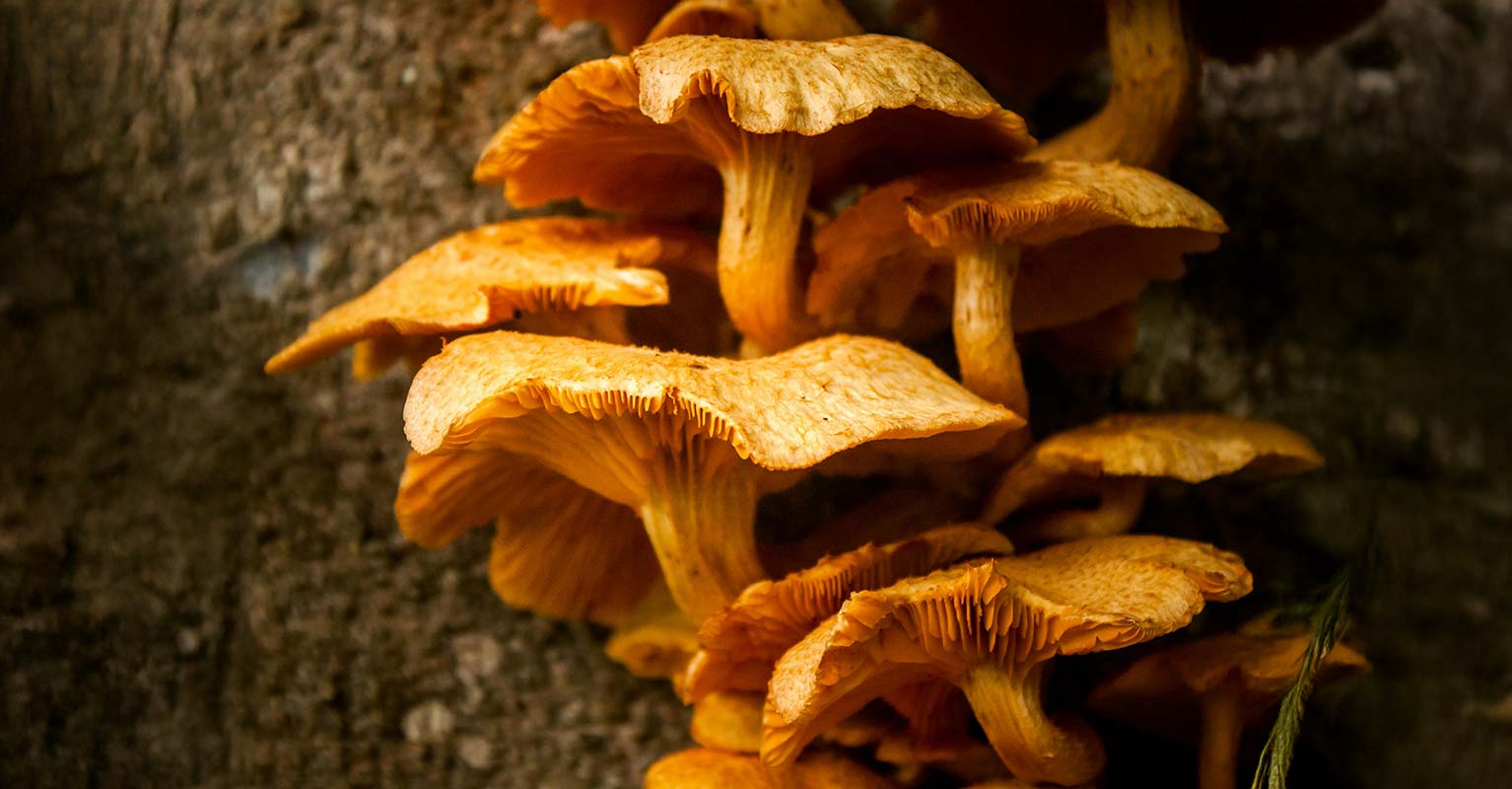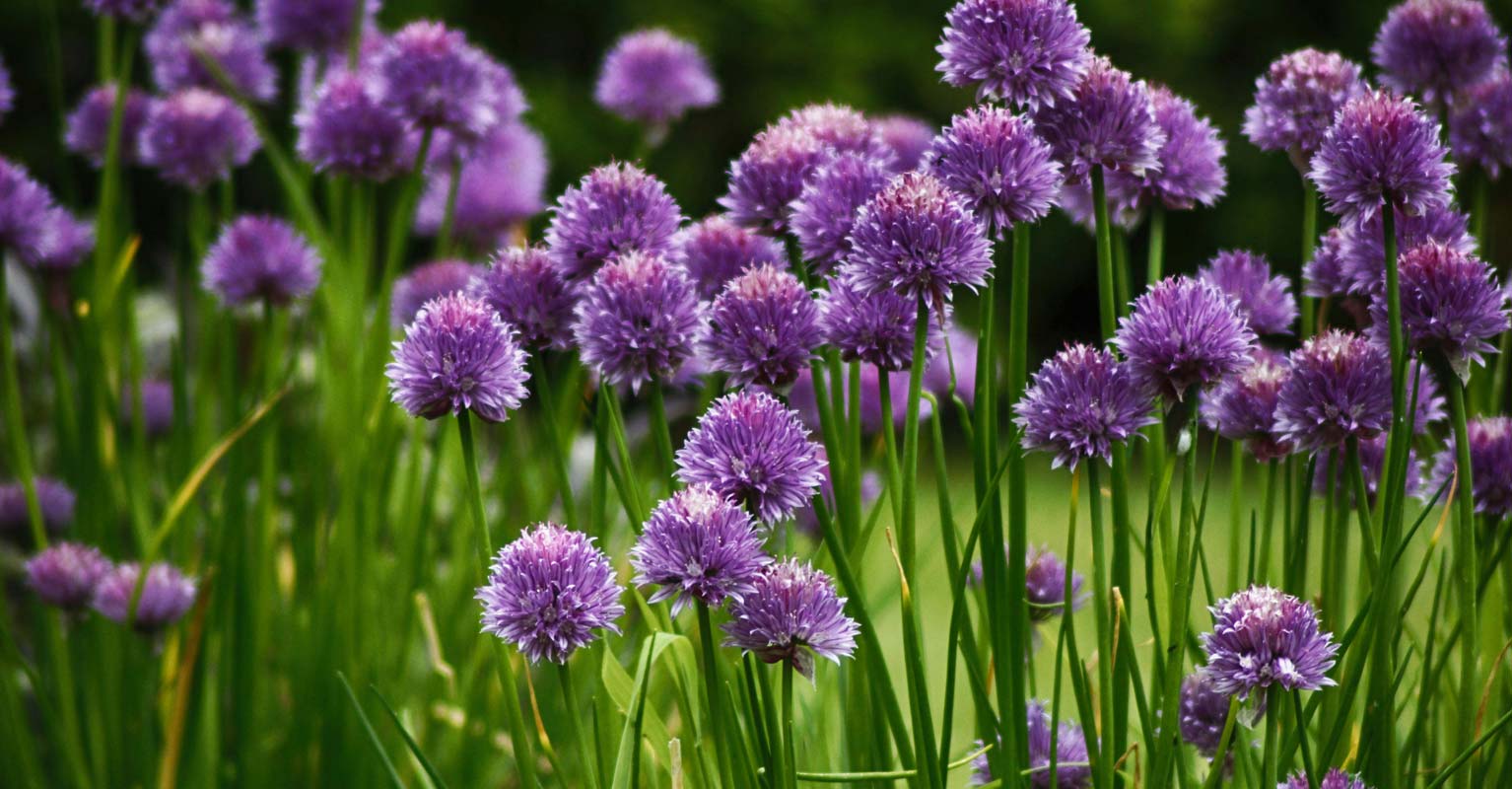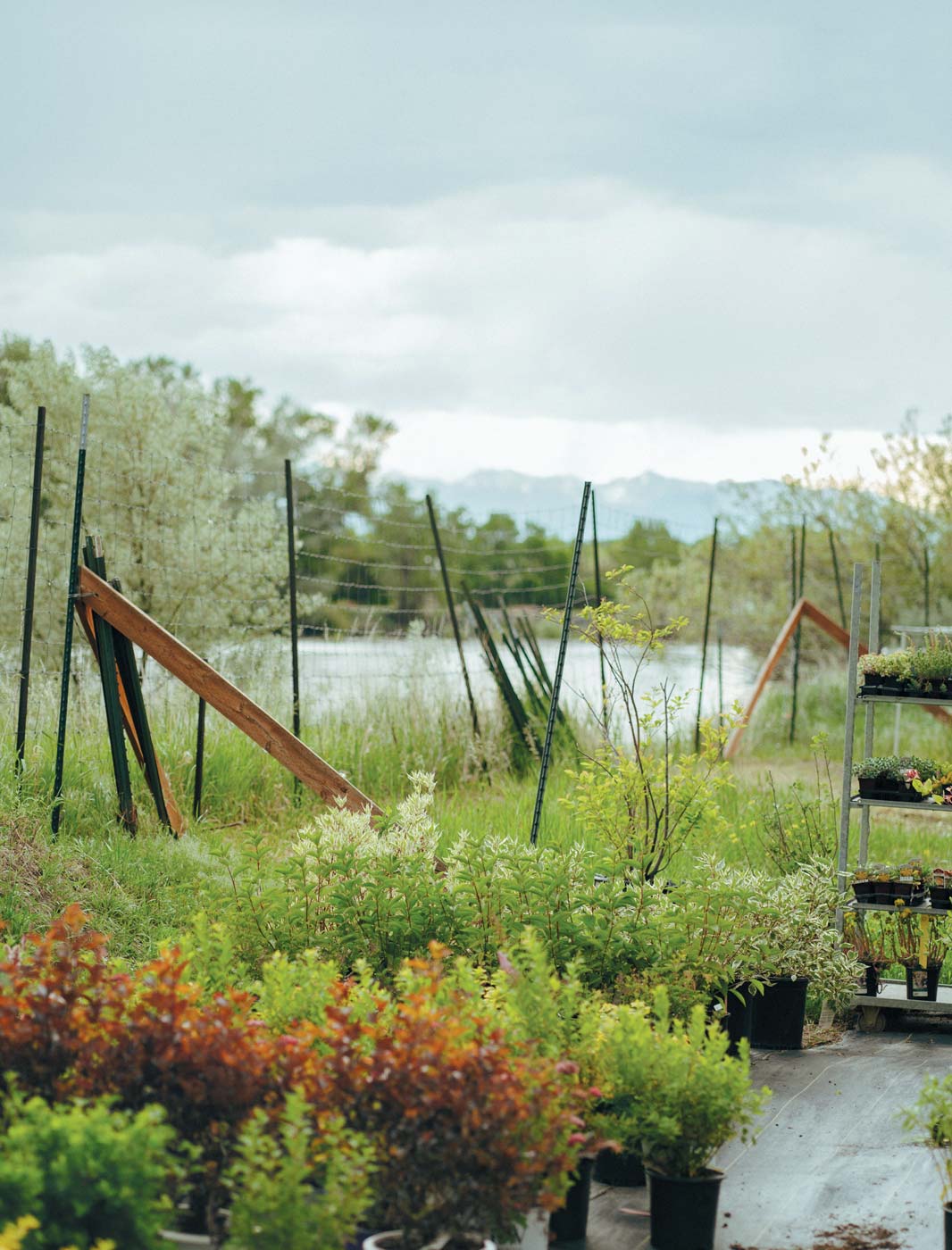Photo courtesy of Luna Llena Vineyards
À Votre Santé
I’m not exactly sure how my affair with wine began. It may have been in the mountains of Santa Barbara when a bottle of Ripple eased the pain of a breakup with my studly boyfriend. Or maybe it was the following year when, in Paris, I found myself enjoying a particularly great vintage. Whenever it was, though—as supercentenarian Jeanne Louise Calment, born in 1875 in Arles, France, responded at 122 years of age when asked her secret to longevity— I’m in love with wine.
But love can be blind. As you swirl, sniff, assess the color, and check out the wine’s legs before tasting notes of chocolate, tobacco, cherries, or pepper, what’s in the glass that you don’t see, smell, or taste?
According to Bozeman wine distributor Melinda Winegardner, upward of ninety additives may accompany your sip, including chemicals, coloring agents, sugar (added to increase the alcohol level, not to sweeten), and extra sulfites to promote shelf life. Additionally, many factory wines are produced with grapes grown with pesticides, herbicides, and fungicides. “That’s very American,” says Winegardner, adding that naturally occurring yeast is often augmented to affect taste, and milk products may be added to remove undesirable flavors.
Just because it was grown with organic grapes doesn’t mean that wine wasn’t “finished” with dyes, “fined” with copper sulphate to remove cloudiness, or “oaked” with oak bark chips to approximate oak barrel aging. “In my opinion, that’s terrible,” says Winegardner, who has spent the past twenty-five years sourcing wines from small family producers, mainly in Europe.
“In the U.S., we like bigger, bolder, heavier wines,” she says. “Here, it’s a commodity; in Europe it’s a culture. They’re more in tune with farming, the earth, the moon. In this country we don’t have 500–600 years of culture. In France, they don’t even have a word for ‘winemaker,’ because the wine makes itself.”
Worldwide, there is a growing movement toward sustainable viticulture, the epitome of which is biodynamic farming. Based on the principles of early twentieth-century Austrian philosopher Rudolf Steiner, this holistic approach considers the vineyard an interlinked ecosystem in which the plants, fields, forests, animals, soil, compost, people, and spirit of the place work in harmony. Farmers follow the lunar cycle to determine when to fertilize, plant, and harvest. The health of the soil is treated homeopathically (in winter some farmers even bury cow horns packed with the manure of a lactating female in order to create spring compost).
“They don’t call it biodynamic in France,” Winegardner says. “They honor the earth; there are sheep in the vineyard, and cover crops. They don’t tend the grapes—they may not even water. They might prune. They use waste from animals; one guy I know plants trees so when bats hit the trees they turn around and come eat the bugs in his vineyard. In France they think it’s absurd to use herbicides and pesticides.”
“If you have the right kind of vines—resilient, resistant, temperature-tolerant, and able to ripen within our short season—then you have the ability to farm biodynamically to a greater degree.” —Dan Vogel, Xanterra
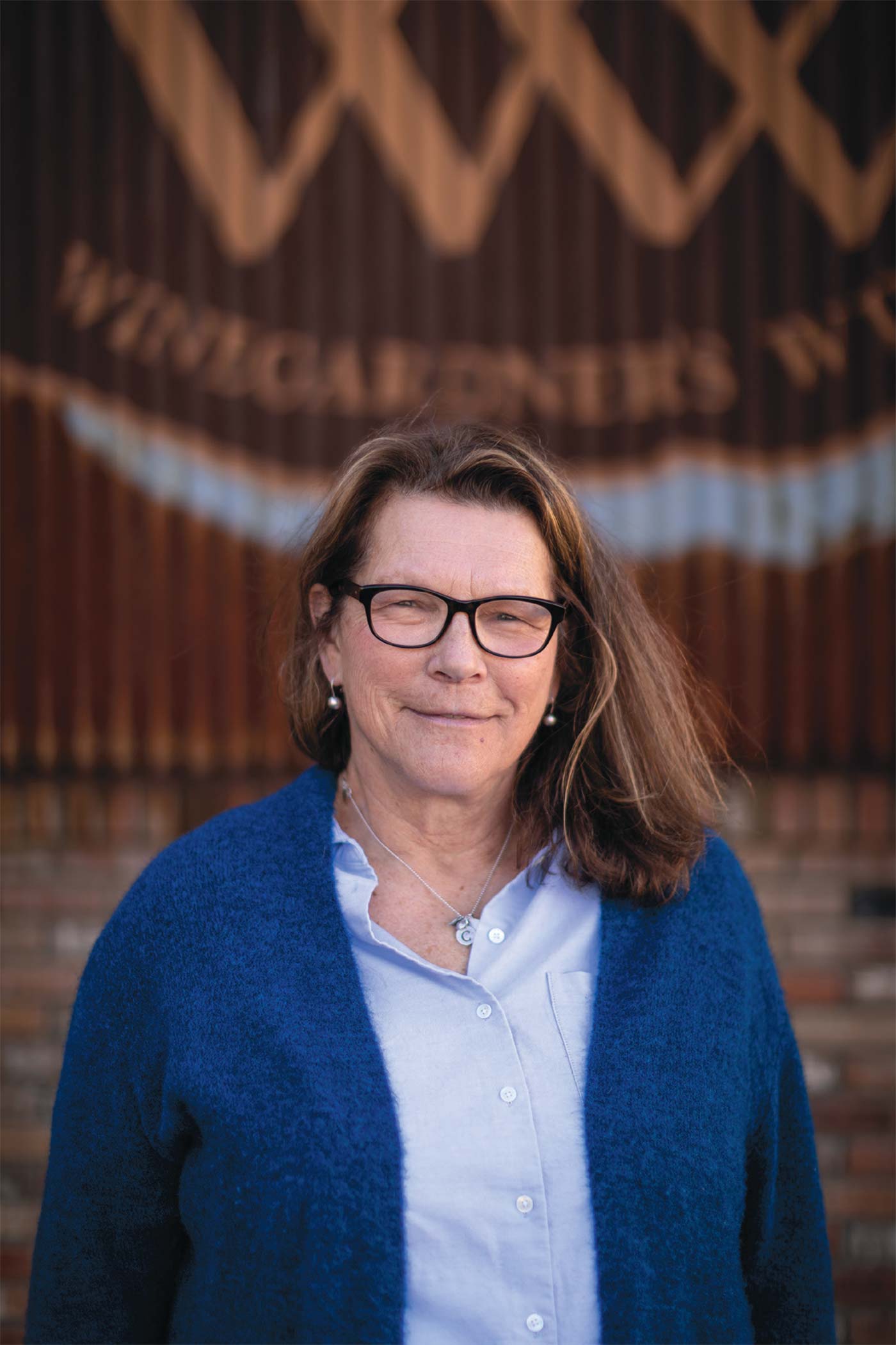
“In France they think it’s absurd to use herbicides and pesticides.” —Melinda Winegardner, Winegardner Wines
Rich Torquemada, who owns Luna Llena, a vineyard just north of Stevensville in Ravalli County, agrees with the French. Former president of the Montana Grape and Wine Association, he’s grown organic grapes for the past seven years. “I do use ‘approved’ inputs,” he admits. “I’m not ready as a solo operation to bury the cow horns, plan activities around lunar constellations, or mix special compost and field sprays. But I’m not spraying Roundup, pesticides, or insecticides.”
As we spoke, Torquemada was enjoying a 2018 St. Pepin he made himself. During a visit to Argentina, drinking a Malbec and looking up at the Andes, he’d had an inspiration: “It looked like my backyard and I thought, ‘Why can’t I grow grapes?’” He returned to Montana, learned about cold-hardy grape hybrids, and planted his one acre, the average size of a Montana vineyard.
Torquemada grows twelve varieties but produces just six in commercial quantities: Marquette, Frontenac, and Petite Pearl reds; his whites are Frontenac Blanc, Itasca, and St. Pepin. The northern tier of the U.S., from Montana to New York, is dependent on these cold-tolerant grape hybrids. Introduced in 2006 by the University of Minnesota, Marquette (known as the grandson of Pinot Noir) can turn into a complex red or rosé; “It’s the grape I produce the most of, and is the number one grape grown in Montana,” Torquemada says. Turns out Montana has about fifty grape growers. Of that number, only one or two—notably, Ten Spoon Winery in Missoula— are growing organically, and no one is growing biodynamically.
Jeremiah Dawson of Vino Per Tutti concurs that “Montana wine is in its learning stages.” Along with traditionally crafted wines from small family vineyards around the world, his downtown Bozeman store also offers biodynamic bottles. “Austria leads the way, being the place where it all started,” he says.
Interestingly, nearly all of the topsoil in Washington’s Walla Walla terroir came from Montana’s Flathead Valley as a result of the Lake Missoula floods thousands of years ago, says Dan Vogel, assistant director of food and beverage for Xanterra in Glacier National Park. A Level Two Sommelier, he’s a Certified Specialist of Wine for the Society of Wine Educators, and considers himself “a lifetime wine person.”
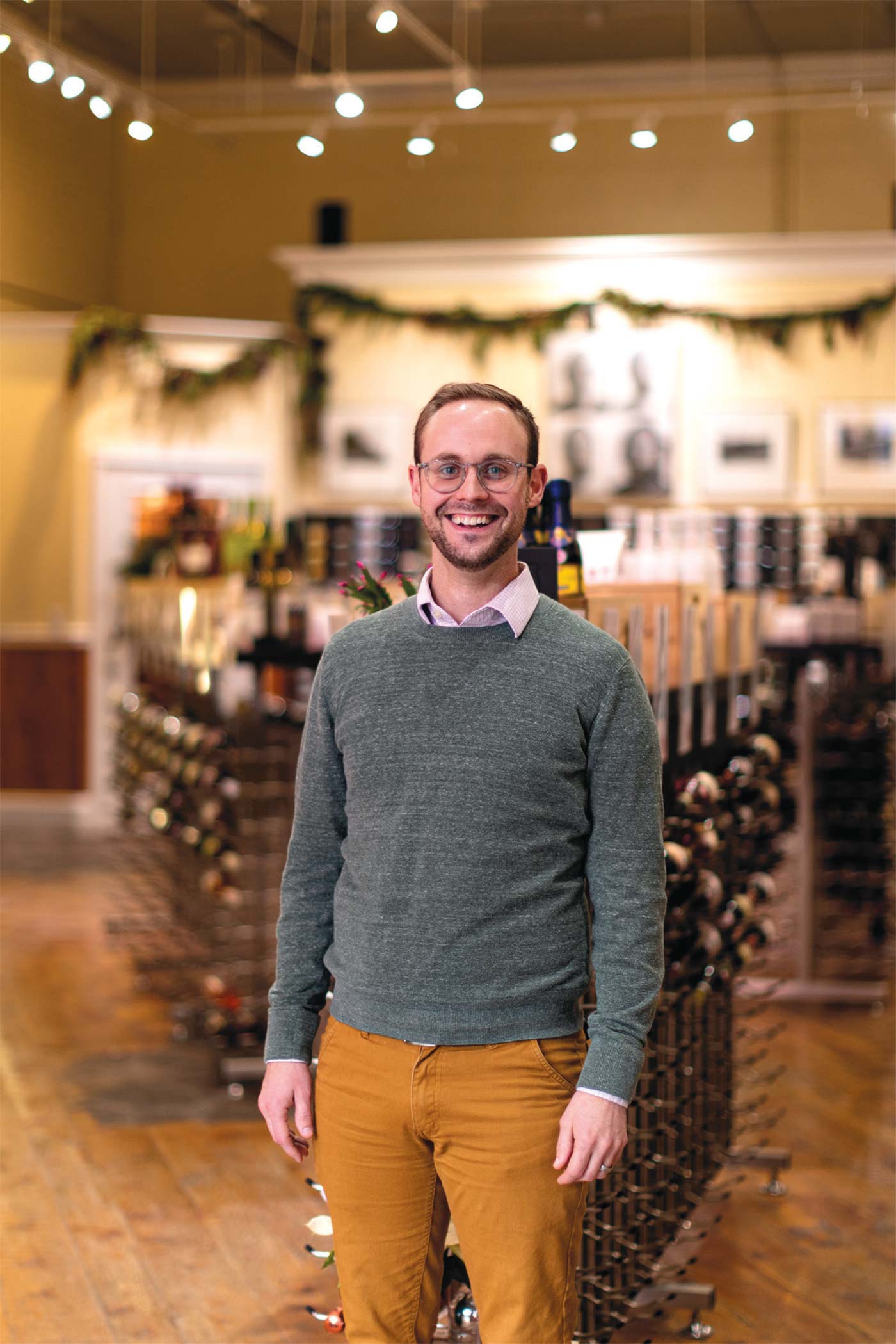
Nearly all of the topsoil in Washington’s Walla Walla terroir came from Montana’s Flathead Valley as a result of the Lake Missoula floods thousands of years ago.
On his way to a Bordeaux tasting, Vogel reveals his core criteria when sourcing wines for Glacier Park’s resorts: local, sustainable, organic, and/or biodynamic. “This is Xanterra’s corporate philosophy, and it is measured consistently by the National Park Service, which asked: ‘Why is it important? Why should people care?’” The answer? “Guests are asking for this.” So are customers at Montana Spirits & Wine in Bozeman. Manager and Sommelier Ron Pannesi says “more and more people are asking about organic, sustainable, and biodynamic wine; I have multiple conversations about green production every day.”
Dawson has customers asking as well. “We focus on small family wineries,” he says, adding that many of them have been making wines for hundreds of years without commercial farming practices. To him, “Sustainable means ‘maybe we can’t take a chemical off the table, but we can ensure we’re taking care of the land and paying a livable wage.’”
Bozeman’s Valo winery—which swept most categories at the inaugural Montana Wine Festival in Columbia Falls last August, and whose tasting room is Blend— sources fruit from Washington, where owner Michael Ruhland sustainably harvests the grapes, then brings them here to blend, bottle, and label. The Community Food Co-op has begun posting tags that indicate whether a particular bottle is organically, sustainably, and/or biodynamically produced. Town and Country’s wine steward, Suzy Chambers, sources wonderful clean wines for the Eleventh Street location, where her selections are featured in-store and in T&C’s wine club.
Dawson discourages online wine-buying clubs; instead, he urges, stick with wines supplied by local retailers to keep money in the community and support the state, which is a fledgling with regard to creating American Viticultural Areas—or designated grape-growing regions.
Bob Thaden, president of the Montana Grape and Wine Association, has formed the Wine Association of Montana, a trade group lobbying for legislation favorable to Montana growers and winemakers. The owner of Tongue River Winery in Miles City, Thaden is collaborating on a marketing study with Vogel, who is writing the white paper for a grant defining the future of the Montana wine industry.
If Vogel is right, that future is very promising. “Our violent climate swings are one of the things that will set Montana apart,” he says. He offers this image: “Montana hybrid vines are your sled-dog, husky type of canine.” Most of those huskies are based on Michigan, Minnesota, or New York vines.
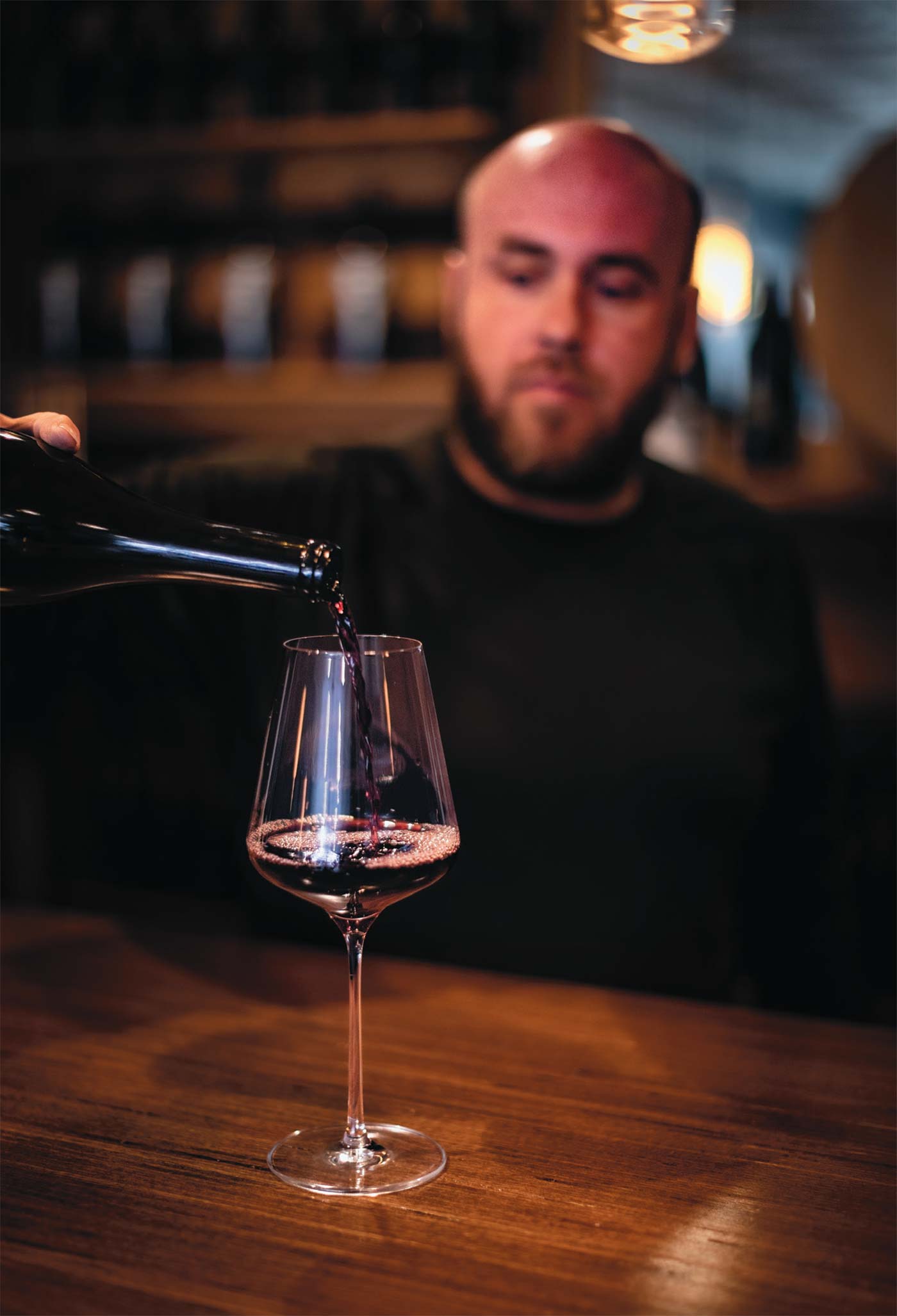
While Montana growers are using hybrids, Vogel says there is an opportunity to better understand how these plants fare in Montana and learn how to defend them against frost at surprise times of the year and how to get a vigorous vine to ripen consistently. “If you have the right kind of vines— resilient, resistant, temperature-tolerant, and able to ripen within our short season— then you have the ability to farm biodynamically to a greater degree.” While Vogel supports this more holistic growing practice, he considers it “enormously dangerous” to go completely organic— too much moisture and/or heat means mold, which could be disastrous.
Could Montana become the Last Best Place for Viticulture? Vogel thinks it could. “Th e Department of Agriculture has a tremendous amount of money for development, propagation, and marketing of Montana specialty crops,” he says. “Wineries off er high value, with low impact.” However, he stresses the need for a talent pool we do not yet have. “You have to know how to lay out a vineyard so the wind is correct, and how high to plant: If the canopy is too low to the ground, the sheep will eat the vines. You’re not just putting plants in the ground; it requires hour-by-hour dedication to a sense of place by people who recognize that producing wine is a great science and an art,” he says, adding, almost reverently, “Th e human drive to make wine or beer is universal. No other product shares that.”
So voilà—it’s love, after all. No doubt Jeanne Louise Calment’s pours were the untainted elixir of the gods; the wine she enjoyed throughout her long, healthy life let the grapes speak for how much the sun shone, how much iron was in the soil.


